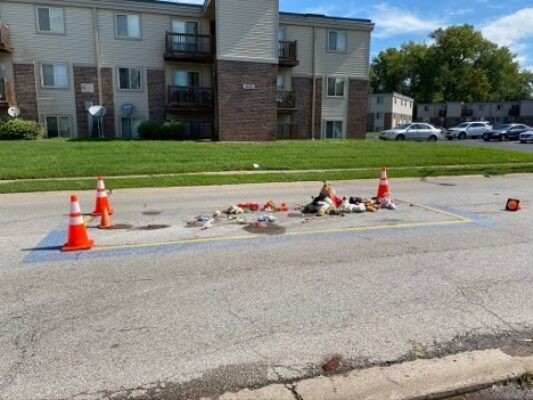About the Book
Exposing the roots of racial unrest that consistently harm Black communities
In Slow and Sudden Violence, Derek Hyra links police violence to an ongoing cycle of racial and spatial urban redevelopment repression. By delving into the real estate histories of St. Louis and Baltimore, he shows how housing and community development policies advance neighborhood inequality by segregating, gentrifying, and displacing Black communities.
Repeated decisions to “upgrade” the urban fabric and uproot low-income Black populations have resulted in pockets of poverty inhabited by people experiencing displacement trauma and police surveillance. These interconnected sets of divestments and accumulated frustrations have contributed to eruptions of violence in response to tragic, unjust police killings. To confront American unrest, Hyra urges that we end racialized policing, stop Black community destruction and displacement, and reduce neighborhood inequality.
In Slow and Sudden Violence, Derek Hyra links police violence to an ongoing cycle of racial and spatial urban redevelopment repression. By delving into the real estate histories of St. Louis and Baltimore, he shows how housing and community development policies advance neighborhood inequality by segregating, gentrifying, and displacing Black communities.
Repeated decisions to “upgrade” the urban fabric and uproot low-income Black populations have resulted in pockets of poverty inhabited by people experiencing displacement trauma and police surveillance. These interconnected sets of divestments and accumulated frustrations have contributed to eruptions of violence in response to tragic, unjust police killings. To confront American unrest, Hyra urges that we end racialized policing, stop Black community destruction and displacement, and reduce neighborhood inequality.

